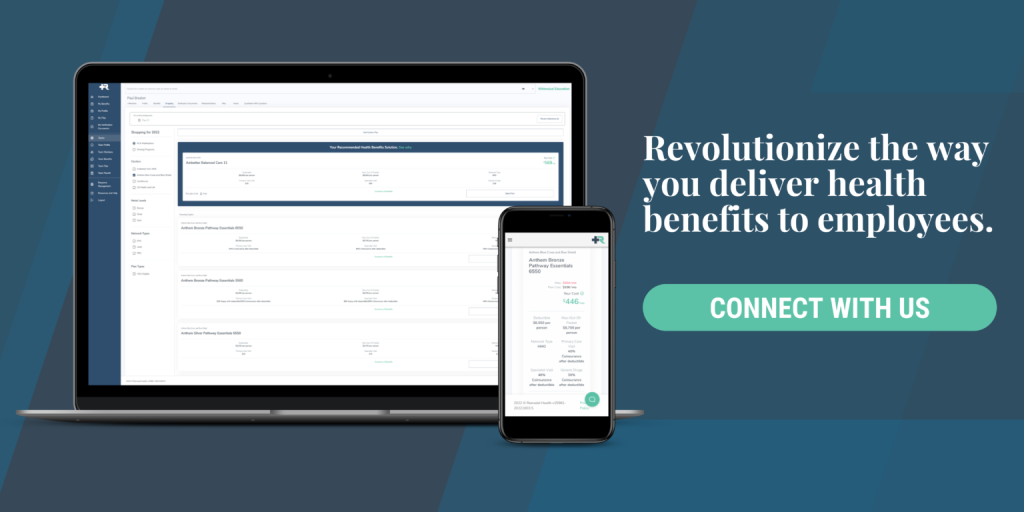
In recent years, the Individual Coverage Health Reimbursement Arrangement (ICHRA) has emerged as a powerful tool for employers to provide flexible, personalized healthcare options to their employees. With formal rules established, employers are now able to contribute to their employees’ purchase of ACA Individual/Family plans or Medicare costs, a move that ushers in a new era of health benefits.
A key attribute that makes ICHRA so appealing is the double tax advantage: employers can write off these contributions as a business expense, and employees can deduct their portion tax-free from their paycheck. In this blog post, we’ll delve into the basics of ICHRA contributions, exploring different approaches that companies can take to tailor health benefits to their employees’ unique needs.
1. The Lump Sum Approach
One of the most straightforward methods for calculating ICHRA contributions is the Lump Sum Approach. Here, employers choose a fixed dollar amount to contribute each month. For instance, if an employer decides to contribute $300 per month, employees can use this set amount towards the purchase of their health insurance coverage. This method offers simplicity and predictability, with employees knowing exactly what they’ll receive each month.
2. Age-Adjusted Contributions
ICHRA regulations, acknowledging the premium disparities between younger and older employees, permit employers to adjust the contribution based on the age of the employee. The requirement here is that the oldest employees should receive up to three times the contribution amount of the youngest employees – a 3-to-1 ratio.
Many ICHRA administrators implement this by using a reference-based plan where a 21-year-old employee receives the base contribution and a 64-year-old employee receives three times that amount. This strategy typically aligns with individual premiums as older employees often have premiums three times higher than their younger counterparts.
3. Employee Classes
Assigning a budget for specific employee classes ensures that everyone on your team is accounted for. After determining how much you’re planning to spend on health benefits for your team, employers can assign employee classes. Examples of employee classes include full-time, part-time, seasonal, or employees based on geographic location. Employers can also set different reimbursement levels for each class, allowing for flexibility and customization.
Choosing the Right Approach
Each approach to determining ICHRA contributions has its own advantages and potential drawbacks, and the optimal choice depends on the specifics of your workforce. It’s essential to partner with an experienced ICHRA administrator like Remodel Health, which can help you navigate these complexities and design an ICHRA contribution strategy that is best suited to your organization’s needs.
ICHRA offers an innovative way for employers to help their employees with health costs, giving them the power to choose a plan that fits their individual circumstances. Understanding the basics of ICHRA contributions is the first step towards leveraging this potent tool to enhance your company’s health benefits strategy.
Are you ready to learn more about ICHRA? Connect with us today!


